Zannier Sonop: when the desert turns green
Posted on by qguiraud
Located in the middle of beautiful yet arid Namib Desert, Zannier Sonop is not expecting rain very often throughout the year. When this unpredictable event occurs few days each rainy season, a magical atmosphere can be felt all around the lodge, putting a smile on everyone’s face: the desert turns green.
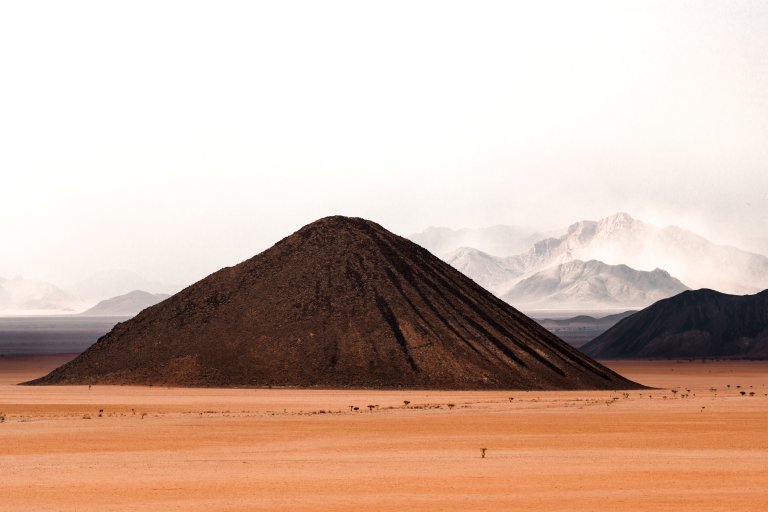
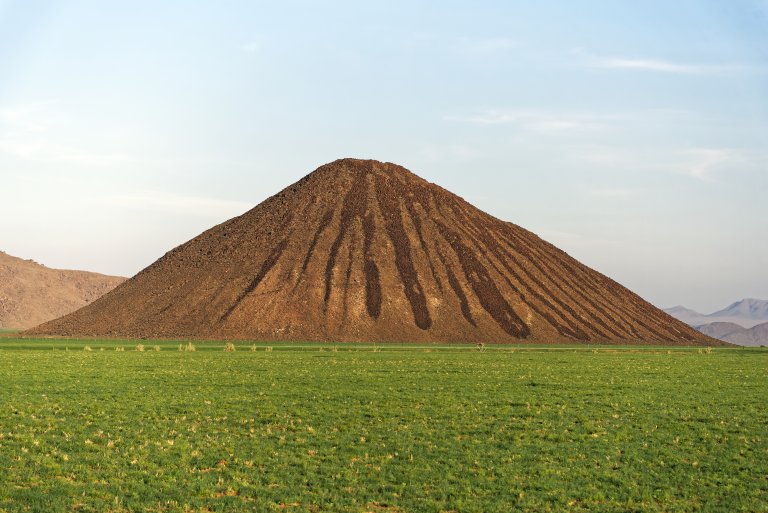
The Namib Desert: not an empty area
The Namib Desert, also called “the area where there is nothing” in Nama language, is one of the oldest deserts in the world, existing for over 80 million years. Made of a vast expanse of sand – of a yellow and gray colour near the coast and brick red inland – it also showcases beautiful mountains and rocky plains. Being an almost totally rainless area, you might be surprised when looking through your tent’s claustra after a little rain: the desert might have turned lush green overnight. In summer, the desert’s temperatures can rise up to 40°C and drop to 0°C at night in winter. Its thick fogs along the coast, one of the unique Namib’s features, are absolutely vital in order to provide moisture for a number of fascinating, highly-adapted animal and plants species to survive.
A few days each year, usually in fall or spring, winds blowing from the East bring high temperatures, together with dry air and clouds of dust, across the desert to the coast. This meteorological phenomenon prevents humid air from forming and rain from falling, which is why the Namib is so arid. However, as unexpected as it can be, short torrential thunderstorms happen between January and March. This year, Zannier Sonop welcomed some 50 millimetres of rain in February (in less than a week), enough to cover the desert with happy herbs and plants for several weeks.
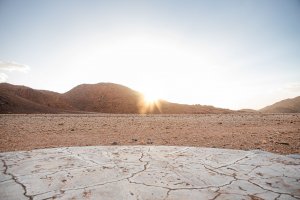
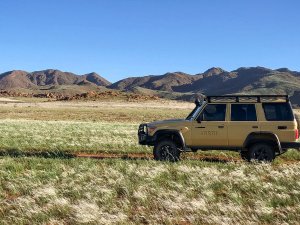
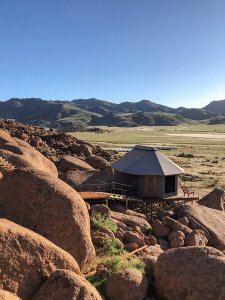
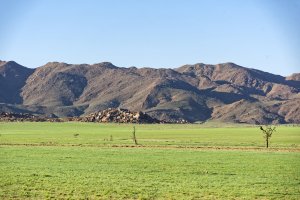
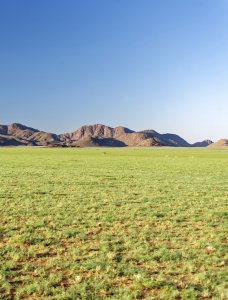
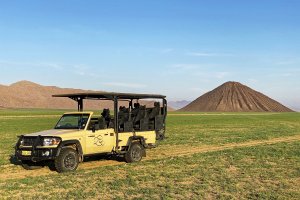
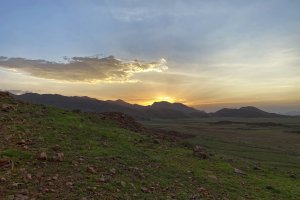
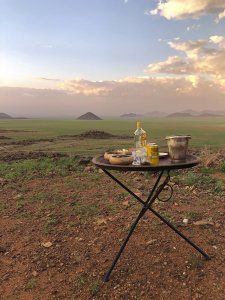
Life in the desert
No one could have guessed so many seeds were awaiting patiently to grow right beneath the surface. Lucky guests observed the land growing green by the hour, creating a whole new scenery, a new place to discover. There, plants are adapted to harsh environmental conditions, strong sun exposition and little to no rain for many months. Many plants have developed underground storage tissues and seem to be heavily armed with long thorns and poisonous leaves in order not to be eaten.
The latest rains in the Hardap regions not only turned Zannier Sonop into an incredible lush area, contrasting with the usual brown and gold colour palette. It also ended a five-year of terrible drought in Namibia and ensured a means of subsistence for many animals migrating though our reserve, including oryxes, rabbits, zebras, insects and birds.
Indigeneous Survivors
One of the most remarkable plants in the world, the indigenous Welwitschia mirabilis, is endemic to the Namib Desert. They are the longest-lived leaves of any member of the plant kingdom. It is estimated that the largest Welwitschia plants are about 2500 years old, surviving thanks to their unique leave structure that allow them to harvest moisture from the dew formed at night. Another intriguing plant is called the Albizia bark or anti-parasite tree, named after its surprising virtues of repelling parasites. Animals of the Namib Desert eat its bark to self-medicate against all kinds of parasites and worms.
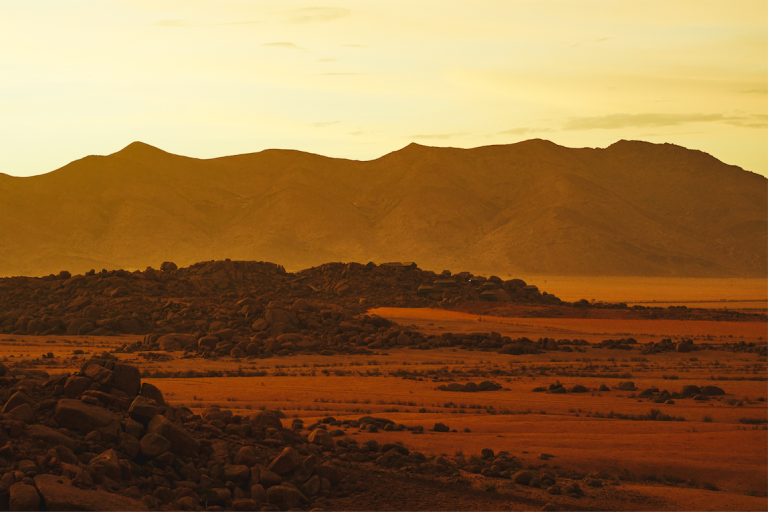
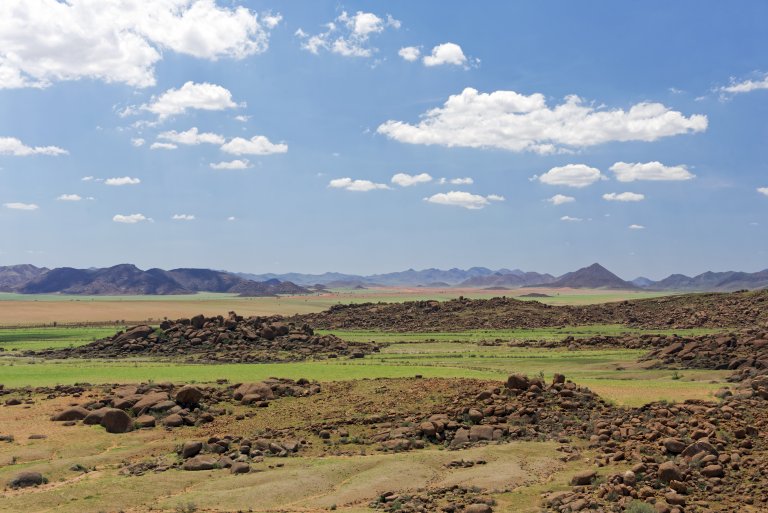
Contacts
Should you want to know more about Zannier Sonop, don't hesitate to get in touch with Quentin GUIRAUD, PR & Communications Manager: qguiraud@zannier.com / +32 (0)472 05 57 19.